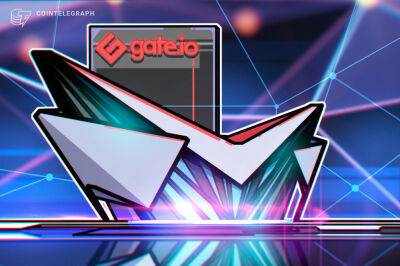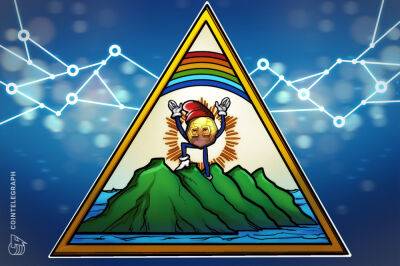What is a layer 2 blockchain?
Bitcoin has a transaction per second (TPS) speed of 7, whereas Ethereum has a TPS of 15. These are extremely slow compared to other payment services like Visa, which has a TPS of 45,000. Developers have turned to layer 2 solutions to address this gulf in processing speeds.layer 2 is a collective term used to describe blockchain scaling solutions.
These solutions are built on top of the layer 1 blockchain and help improve the network's scalability and transaction processing speed. They are merely an extension of the base layer. They inherit the features of the layer 1 blockchain and build on them to improve the efficiency of the network.Also Read: Can Instagram become the world's biggest NFT marketplace?Let's dive in deeper to understand the meaning of layer 2 solutions and how they work.layer 1 Blockchains:To understand how layer 2 blockchains work, we must first look at layer 1 Blockchains.layer 1 is the foundation for any crypto ecosystem.
It contains the consensus mechanism protocols by which the blockchain transactions are verified and added to the ledger. For instance, the Bitcoin and Ethereum blockchains employ the Proof-of-work consensus mechanism. Whereas Solana, Avalanche, Luna and many more use the proof-of-stake consensus mechanism.Any decentralised apps or finance projects built on top of a layer 1 blockchain inherit the benefits and limitations of the underlying protocol.
For instance, projects built on the Ethereum network enjoy the benefits of security and decentralisation. However, they also suffer from slow transaction speeds and high gas fees when there is congestion on the network.This is the reason why Ethereum is moving to the Proof-of-stake consensus mechanism. The transition should increase
. Read more on cnbctv18.com













